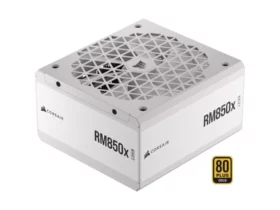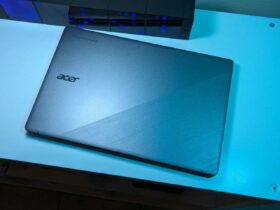When you have to buy a motherboard and you are a beginner or even it is the first time you assemble a computer, it will happen that you will find yourself in front of the acronyms that indicate the size standards of a motherboard, in particular: ATX, Mini ATX and Micro ATX
Often these standards indicate in addition to the measures, they also involve a difference in the price and functionality of the hardware, so knowing how to choose it properly can make the difference.
In this article we will try to understand the differences between these standards, so that you can be autonomous in the choice and be able to buy the right MOBO for your computer.
Confrontation between ATX, Mini ATX and Micro ATX
As I told you previously, these three motherboard standards lead to a difference between the dimensions but not only, since the smaller the hardware, the more the performance / functionality will be limited, as well as the price will be different.
Usually the choice of one standard or the other is made for reasons of space, for example for a general purpose computer such as surfing the internet or using software from the Office package, it is quite a Micro ATX card.
Your need is to have a computer with TOP performance, for graphic or gaming use you absolutely must have an ATX motherboard, which allows you to make the most of the performance of the various computer components such as: CPU, Graphics card, RAM, etc.
Mini ATX motherboards are used for purposes where performance is not the priority, but you need a computer that can control or perform certain operations, in very limited spaces. In this case it is common to find them used in industrial environments, where the environments are quite difficult and the temperatures are not the best, as are the spaces.
Dimensions
Going into more detail, the dimensions of the types of motherboards according to the standards are very different from each other and in particular we will have:
- ATX: 305×244 mm
- Micro ATX: 244×244 mm
- Mini ATX: 170×170 mm
In addition to the standard, the size of the motherboard you will have to keep in mind when you have to buy a PC case, because if it is too small it will not be able to accommodate a MoBo ATX.
RAM support
RAM is the first big step when it comes to choosing a motherboard based on the standard. To date, ATX motherboards have support for very high RAM where you can easily exceed 256GB and some models even reach 512GB divided up to 8 banks.
The micro ATX models are recognized because they only have 2 RAM banks and in some more advanced models it is possible to have up to 128GB of RAM available, but for now in very rare models.
The most limited standard is, as always, the Mini ATX which sees its memory reach a maximum of 32GB, although in the future it will certainly be possible to reach much higher values.
PCIe slot available
In a computer it is very important to have PCIe slots available that can expand the functionality of your computer with external hardware in order to increase its performance, such as the addition of one or more graphics cards, sound cards, additional slots of USB ports.
ATX models can safely support up to 5 slots, so you can take advantage of them in multi-GPU configurations, Micro ATX models can have a maximum of 3 slots although usually there are 1 or 2. Mini ATX motherboards usually have 1 PCIe slot.
Price difference
The difference in size is not reflected proportionally on the price, at least for the basic models, since to buy a basic model of a motherboard of the three standards, it will cost around 40/50 €.
The price difference is evident when you buy more performing models, such as pc motherboards on robadainformatici.it, for gaming configurations or for video editing. In these cases the prices also exceed € 500 for the ATX standard, while for the other two the prices stop well before, also for an architectural factor that does not allow you to make the most of the top hardware components.















Leave a Reply
View Comments